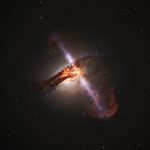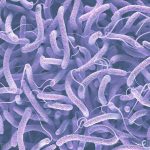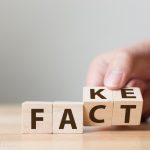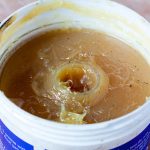
Plastic pollution is threatening fish populations and the fishing industry in Central America
Sunday, February 04, 2018 by Michelle Simmons
http://www.realsciencenews.com/2018-02-04-plastic-pollution-is-threatening-fish-populations.html

Plastic pollution is posing a threat to fish populations and fishing industry in Central America as a fisherman discovered plastics and other discarded materials, such as bottle caps, bits of plastic, a mangle comb, and a cigarette lighter, in the stomach of a mahi-mahi or also known as dolphinfish.
The fisherman, who was on a trip in Costa Rica, took a video of himself cutting open the stomach of a mahi-mahi, which he thought was sick. The video was taken in early Dec. 2017, and raised concern from wildlife groups and environmentalists in Costa Rica. The video serves as evidence of the increasing pollution levels that may be a threat to fishing industries. (Related: The plastic pollution problem is wide AND deep: Study finds sea animals from the deepest parts of the ocean, 7 miles down, have plastic in their stomachs)
“This confirms that different marine animals confuse plastic with food. The plastic does not melt and can block their intestinal tract, and then they cannot feed — preventing them from consuming food, and starving [them to death],” Erick Ross, a marine scientist, told Newsflare, as cited by Lifezette.
Fish confuse plastics with food
In a study, published in the journal Proceedings of the Royal Society B, it was revealed that marine organisms confuse plastic with food. The study was carried out by a team of researchers from the University of California, Davis and the Aquarium of the Bay. In conducting the study, the research team presented schools of wild-caught anchovies with plastic debris acquired from the oceans, and with clean pieces of plastic that had never been in the ocean. The researchers compared their responses to the food and food odor presentations. Marine organisms may have thought that plastic debris in the oceans are food because these tiny plastics acquire a covering of biological material, such as algae, that imitates the smell of food.
The finding of the study revealed that the anchovies responded to the odors of the ocean debris similar to the way they reacted to the smell of the food they seek, with increased aggregation and reduced rheotaxis. This suggests that the chemical signature of plastic debris was enticing to fish. In addition, this shows that fish are eating the tiny pieces intentionally because they think of them as food, which makes it an additional threat of plastic in the ocean.
“When plastic floats at sea its surface gets colonised by algae within days or weeks, a process known as biofouling. Previous research has shown that this algae produces and emits DMS, an algal based compound that certain marine animals use to find food,” Matthew Savoca, of the National Oceanic and Atmospheric Administration and lead author of the study, told The Guardian.
He further explained that the study indicates plastic may be “more deceptive to fish” than previously thought. This is because plastic both appears and smells like food, which makes it more difficult for animals, such as fish, to identify it as a non-edible item.
Plastic debris, whether microscopic or large visible pieces, continue to pollute the oceans. However, efforts by other countries only had little effect so far. Microbeads, which were widely used in cosmetics and other products, were banned in the U.S., the U.K., and other countries because they have been found to harm marine life and bring toxic chemicals into the food chain.
Read more stories about the impact of pollution on Earth’s ecology, visit Ecology.news.
Sources include:
Tagged Under: Tags: badpollution, Ecology, fish, fishing industries, marine ecosystems, marine life, marine organisms, plastic pollution, plastic pollution in the ocean, plastics





